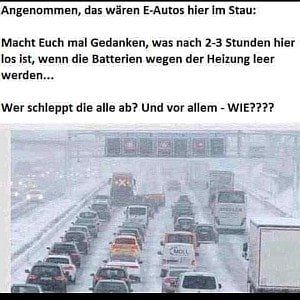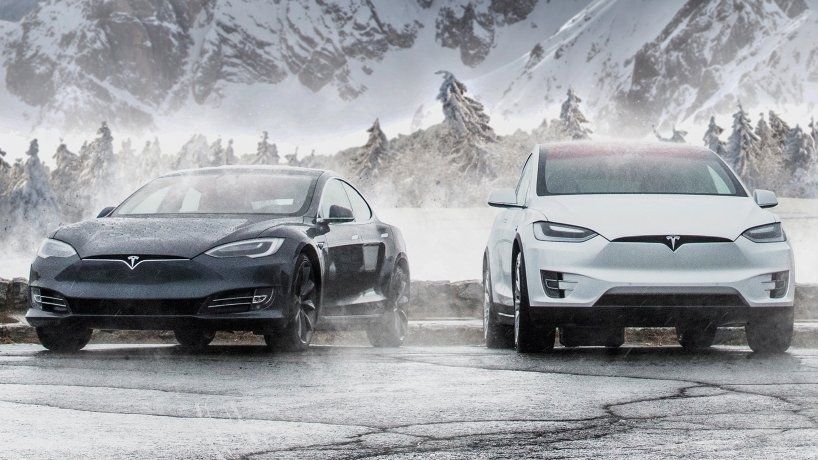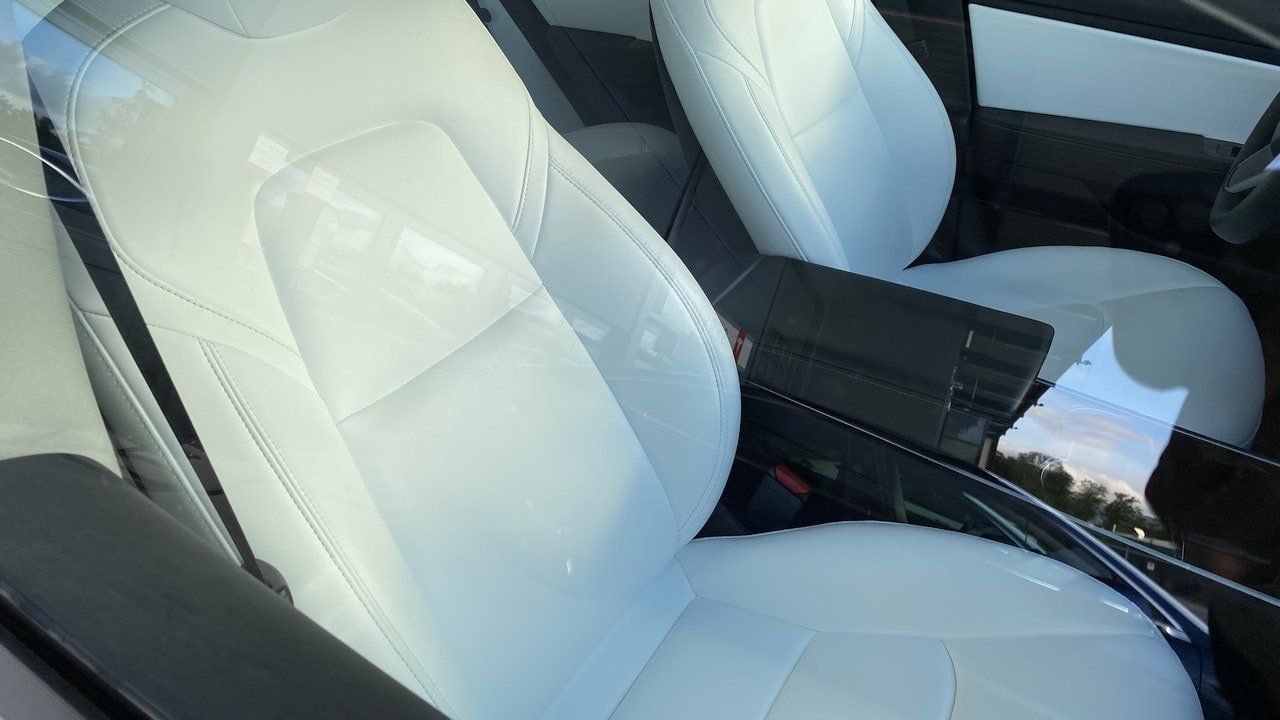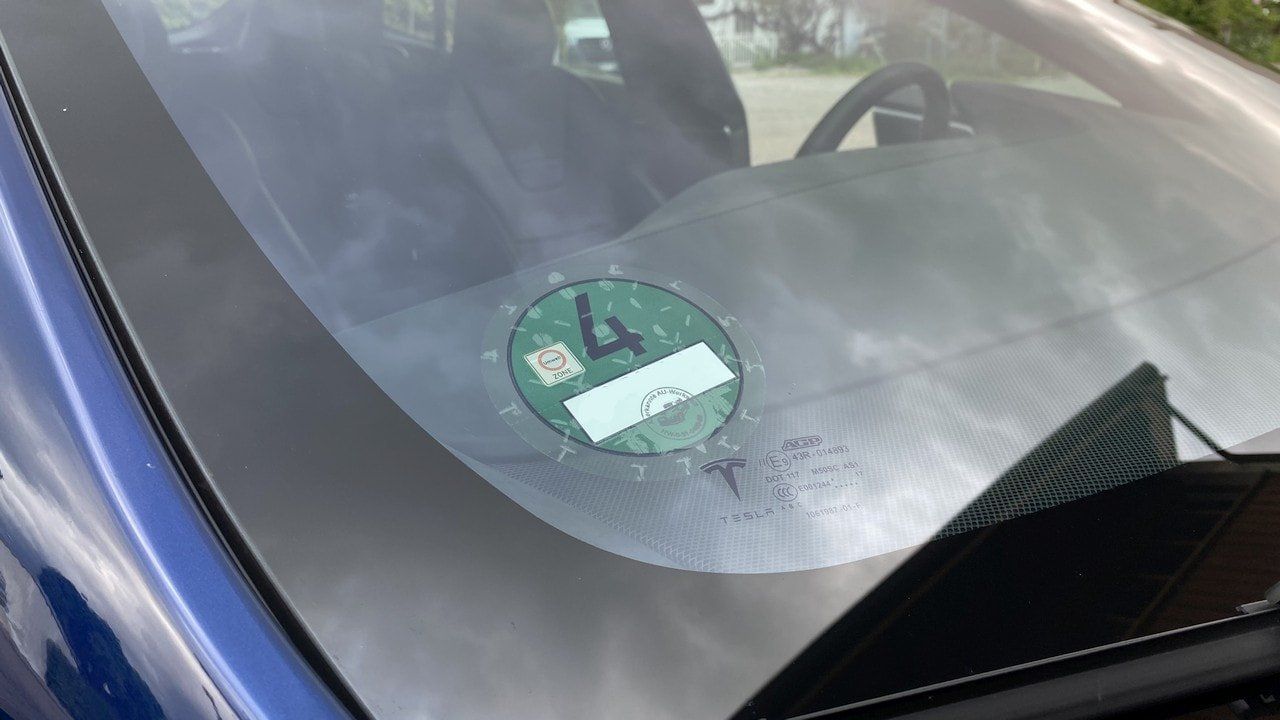If you buy a Tesla in spring, you will be surprised at the lower range during the first winter. After all, depending on the model and driving style of the vehicle, you have maybe gotten used to a great consumption between 13 and 18 kWh per 100 km. But when it slowly gets colder, the consumption starts to rise a bit. In winter, when temperatures are below zero, this can be a good 20-30% more on the trip display. But where does this big difference come from and why is it so striking compared to the combustion engine?
Higher consumption = lower Tesla range in winter
Of course, the additional consumption also means less range and the reason for this is the sum of various factors:
- Heating needs a lot of electricity. Electric cars heat with electricity from the battery. This process is relatively energy-hungry compared to air conditioning in summer. While cooling in summer only adds about 1-2 kW, heating is more important, especially when the vehicle is cold at the beginning with up to 6-7 kW. As soon as the vehicle has warmed up, however, the additional consumption by the heating system remains constant at around 1-2 kW.
- Winter tires and slush also drive up the consumption of the Tesla due to the higher rolling resistance.
- The internal resistance of the battery increases with increasing cold. In cold weather, a small amount of the energy stored in the battery is not available until the battery has warmed up. In the car and on the mobile phone app, this is shown by a snowflake symbol and as a blue bar in the battery display. As soon as the battery has warmed up, the display disappears and the energy is available again. This is therefore only a temporary effect and is of no consequence over long distances.
- Cold air has a higher air resistance.
Custom Fit for all Model 3
Shop for more Tesla Accessories here!
With my petrol/diesel I do not notice this at all
The physics are the same for a vehicle with a combustion engine. The only advantage of the internal combustion engine is that the heating is largely fed by the waste heat from the engine. This heat is generated in summer as well as in winter and is largely responsible for the inefficiency of a combustion engine. The energy, which is pointlessly wasted during most of the year, can at least be used to a small extent in winter. But if the combustion engine were not so inefficient, the extra consumption in winter would be noticed just as much as with an electric car.
As far as rolling resistance and air resistance are concerned, a vehicle with a combustion engine is just as affected by increased consumption in winter as an electric car. However, this is not usually noticeable when refueling. A large SUV with a consumption of 7 liters per 100 km already wasted so much energy that the additional consumption in winter is not noticeable. For comparison: a Tesla Model S with 2.3 tons consumes the energy equivalent of about 2.1 liters of fuel per 100 km. (details)
If you are thinking about buying a Tesla and are still uncertain about the range in winter, you can easily calculate a few sample routes for your dream vehicle with the tool Abetterroutplanner. Under “show more Settings”, the outside temperature, wheel size and weather conditions can be included in the route calculation.
Should I worry about running out of power in traffic?
You may know the following photo, which is often shared on WhatsApp or Facebook.

Who will tow them all? And above all – HOW???
The picture is misleading and serves only as propaganda against electric mobility. Anyone who has published something like this probably has no experience whatsoever with electric driving, or has never driven an electric car before. Here I will show you an example of how this behaves in reality. A Tesla Model 3 driver summarized his experiences in a traffic jam on Facebook. You would probably die of thirst rather than freeze in a Tesla…
What actually happens when you are in full lockdown with an electric car? Oh yes, you become a traffic obstruction because you quickly run out of energy.
Unfortunately I had to try it today. 7 degrees outside, 21 inside, heated seats on. All that for 2.5 hours.
Did I tremble for my energy now? On the contrary. While everyone else had to play with their mobile phones, I watched YouTube in finest HD with Kino Sound.
I used 3% energy, which is the same amount as I would need for 10km… practically nothing!
Not even after 24 hours the car would have been interested.Please don’t take this the wrong way, standing in a full lock is of course no fun at all.
But you can stand it in the Tesla during that time!
Tips to improve the Tesla range in winter
As already mentioned, the heating system makes a big difference to the additional consumption in winter. With the following tips, however, the range can still be improved somewhat:
- Preheat the battery and the car before you leave, while the car is still connected to the power supply. This gives by far the most range in winter because heating the battery and the passenger compartment at the beginning is responsible for the greatest loss of range. If this energy is taken directly from the mains and not from the battery, this will provide more kilometers. Over long distances, the additional consumption of a Tesla is only about 10% higher than in summer, even at sub-zero temperatures with preheating. The new function “planned departure time” from software version v10.1 makes preheating even easier.
- Use the seat heater more and heat the passenger compartment a little less. The seat heater is much more efficient than the fan heater. This saves energy, which has a very positive effect, especially on short journeys.
- Set the heating to “manual” and not “automatic”. The following settings have proved to be most effective in my Model S: 24 degrees (the effective indoor temperature is usually about two degrees below the set temperature in winter with MS/MX), airflow on top/middle/bottom switched on. Fan on level 3.
- Frequent interruptions with cooling and subsequent heating of the battery cost kilometers. With the Model S and Model X, you can prevent the battery from heating up on short trips by activating the “range mode“. Unfortunately, this option is not available for the Model 3.
- Increase the tire pressure slightly. This improves the rolling resistance and also reduces the consumption of a Tesla.
Conclusion
Both the Model S and X and the Model 3 have their temperature break-even point at 10 degrees outside temperature. Below that is winter operation and consumption increases with every degree. Above 10 degrees, it is significantly lower. However, short distances at low temperatures are not representative, as the battery heating always runs for about 10-15 minutes. If you drive many short distances and park your Tesla for 30 minutes in between, you have the worst conditions for consumption in winter. The battery heats up while driving and cools down during the standstill times, senselessly burns energy. Unfortunately, battery heating while driving cannot be prevented in the Model 3, as there is no range mode in the settings.
More tips on battery preheating and range in winter and the winter tips on the Tesla website.
The Tesla Data Logger
Collect statistics about your trips, power consumption, battery degradation and much more.
Register here to test TeslaFi for four weeks instead of two weeks for free.*






